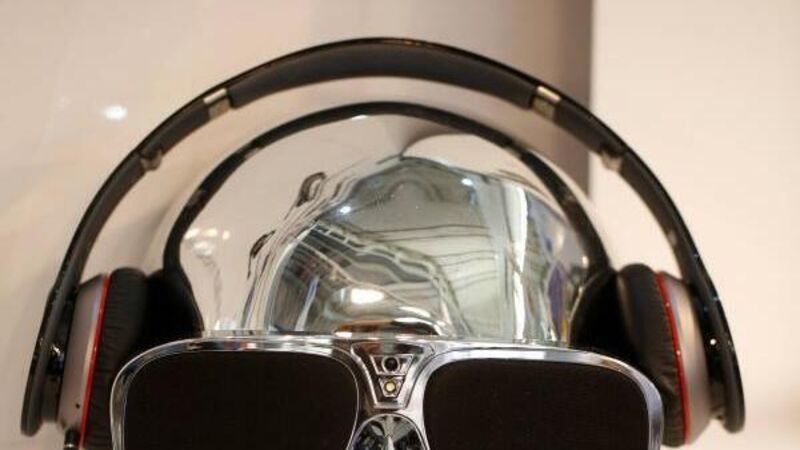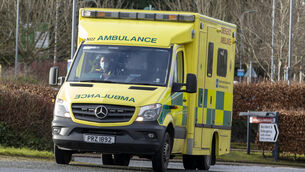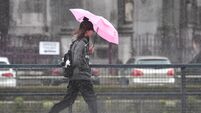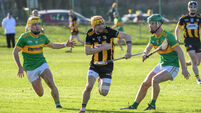Mobile technology ‘will ease’ human move to city living

In 2008, for the first time, more than 50% of the world’s population began to reside in cities. By 2030, 5bn people will live in urban environments, according to the UN.
Michael Halbherr, vice president of Nokia, cited the explosion in population of Istanbul, which had 1m people at the end of the Second World War, but today has approximately 16m-17m inhabitants.













